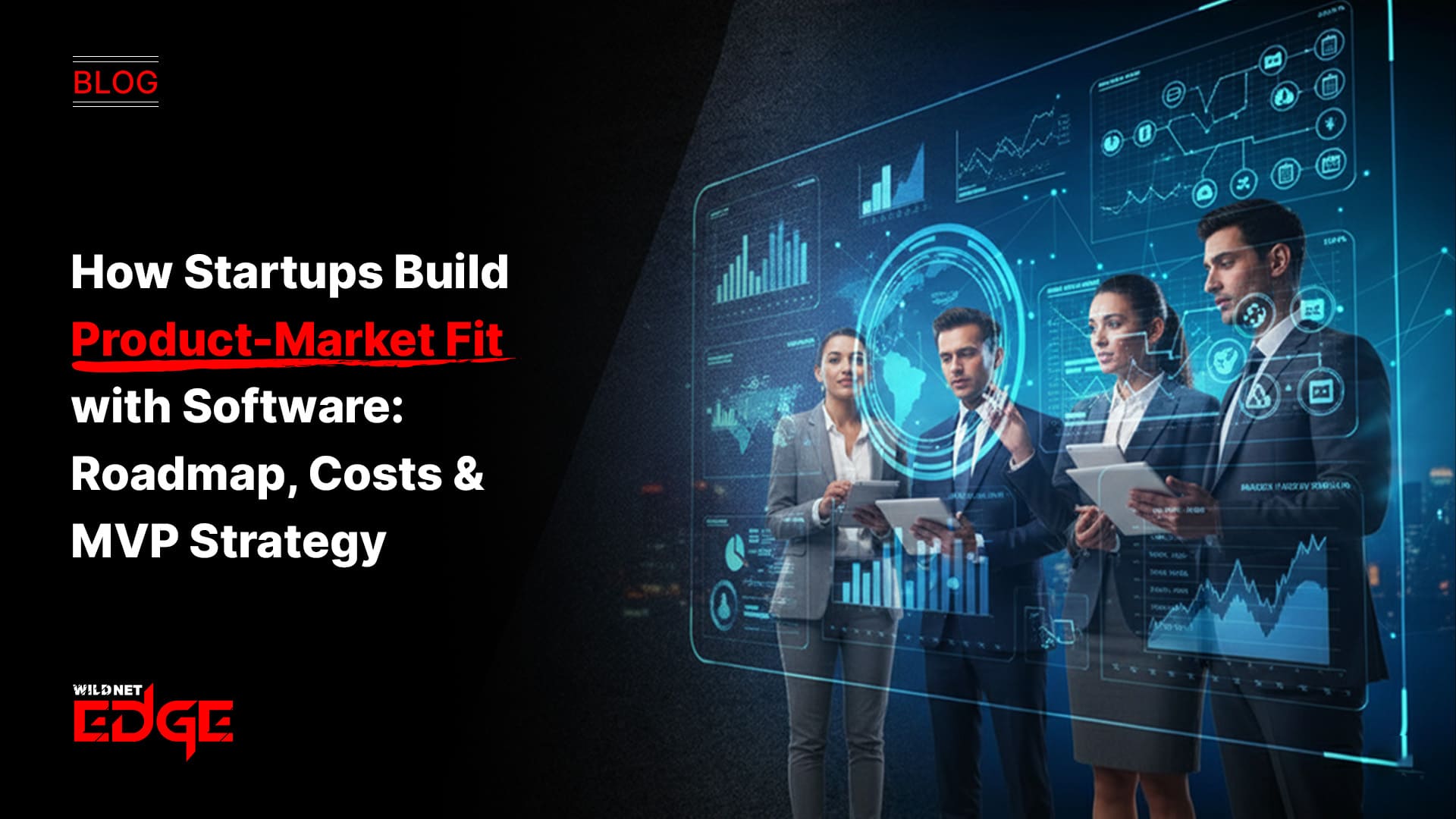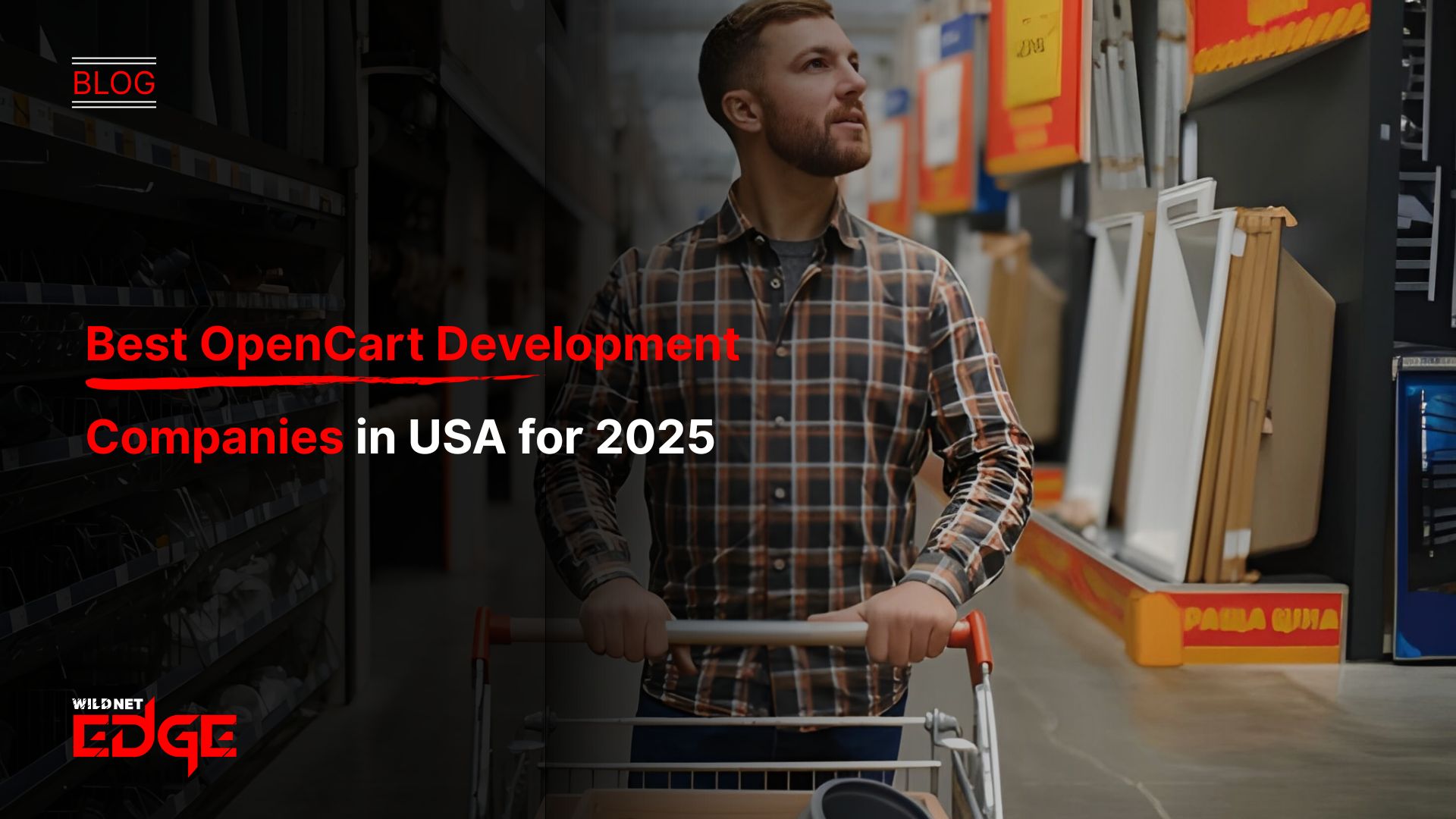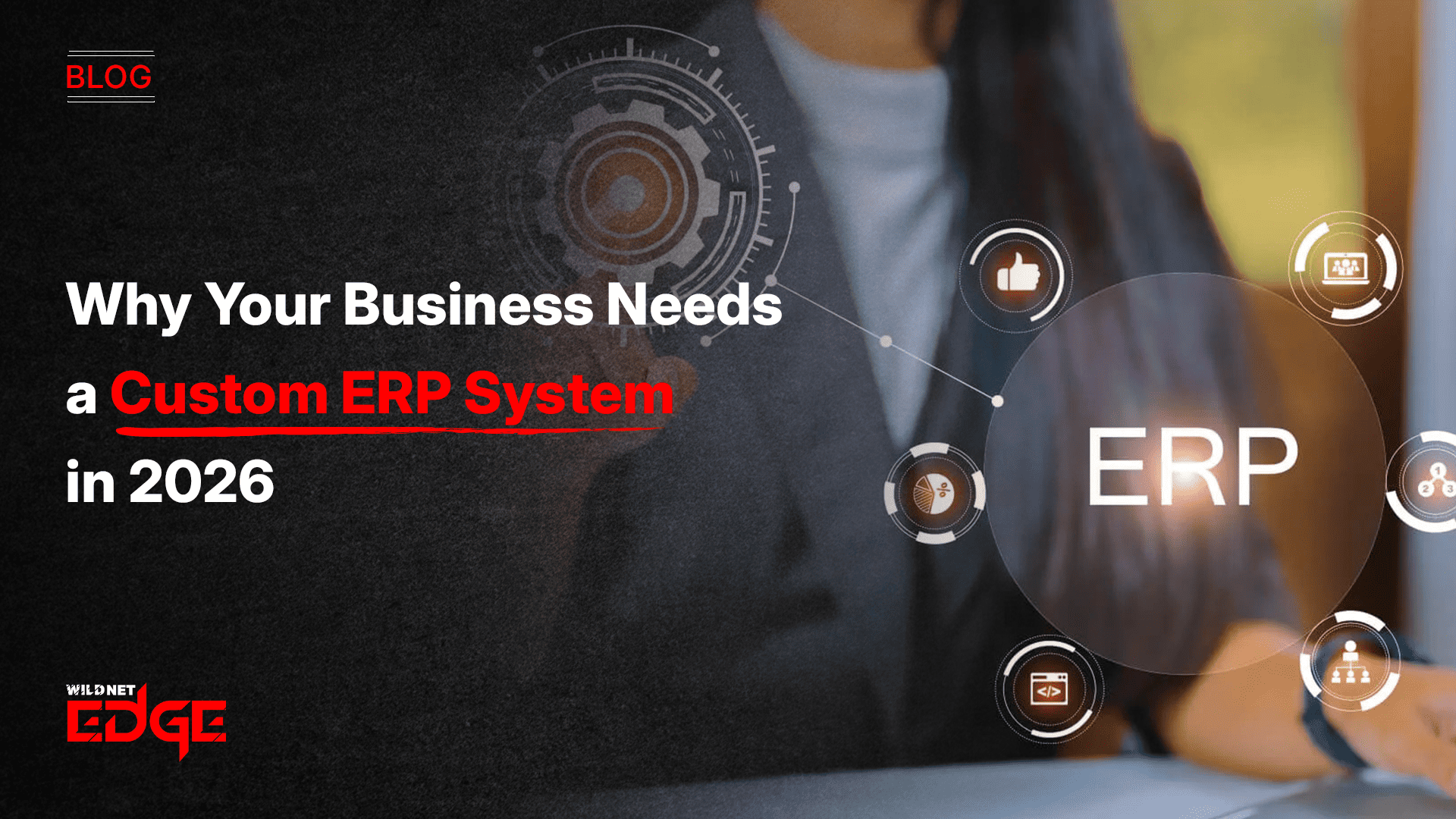TL;DR
This blog outlines how software development for startups is critical for achieving Product-Market Fit. The guide details a strategic roadmap, starting with a Minimum Viable Product to quickly and cost-effectively test core business assumptions. The article emphasizes Lean App Development principles, focusing on rapid iteration driven by user feedback. It also addresses financial strategy, highlighting the MVP as the most efficient way to manage custom software development costs and secure product validation before scaling investment. Ultimately, the blog presents this structured software approach as essential for navigating market uncertainty and building a sustainable business.
For any startup, the ultimate goal is to launch a product and achieve Product-Market Fit (PMF). PMF is that elusive state where you have built something a specific group of people truly wants, needs, and is willing to pay for. While there’s no magic formula, the strategic use of software development for startups, particularly through a well-defined roadmap, careful cost management, and a smart MVP strategy, is the most reliable path to get there.
What is Product-Market Fit?
Coined by Marc Andreessen, Product-Market Fit means being in a good market with a product that can satisfy that market. It’s the point where your product resonates so strongly with your target audience that growth starts to happen organically. You feel the pull from the market, users become advocates, and the business model starts working. Before PMF, startups often struggle; after PMF, they scale. The entire purpose of early-stage software development for startups should be geared towards finding this fit as quickly and efficiently as possible.
The Software Roadmap to Product-Market Fit
Achieving PMF is an journey, not a destination reached overnight. Your software development roadmap should reflect this.
Phase 1: Problem/Solution Fit (The MVP)
Before you even think about scaling, you need to validate your core hypothesis: Do you understand a real problem, and does your proposed solution actually solve it for a specific group? This is where the Minimum Viable Product (MVP) comes in.
- Define the Core Loop: What is the absolute minimum functionality needed to solve the primary pain point?
- Build Lean: Focus only on these essential features. Use rapid development techniques and consider cross-platform frameworks to launch quickly. This is the essence of mvp software development.
- Target Early Adopters: Launch to a small, specific group of users who feel the pain point most acutely. Getting this stage right often involves partnering with an experienced provider of MVP development services.
Phase 2: Product Validation
Once your MVP is live, the learning begins. This phase is about using real user data and feedback to refine your product.
- Measure Everything: Track key engagement metrics. Are users completing the core action? Are they coming back?
- Talk to Your Users: Conduct interviews and surveys. Understand why they are (or aren’t) using the product.
- Iterate Quickly: Use the feedback to make rapid improvements to the product. Add small features, refine the UI/UX, and fix bugs. This loop is crucial for moving towards PMF. Modern approaches increasingly leverage AI-powered product development tools to accelerate this cycle.
Phase 3: Scaling (Post-PMF)
Once your metrics show strong user retention and positive feedback (you’ll often “feel” the market pulling your product), you can start thinking about scaling. This involves building out more features, optimizing for performance, and expanding your marketing efforts.
Estimating Custom Software Development Costs for Startups
Budgeting is critical for any startup. Understanding the drivers of custom software development for startups costs helps you plan effectively.
- MVP Costs: An MVP is the most cost-effective way to start. Costs can vary widely (typically $30k-$80k) depending on complexity and the team’s location or expertise, but it’s a fraction of a full build.
- Post-MVP Costs: Further development is funded by revenue or investment, guided by validated user needs. Costs depend entirely on the features added.
- Team Model: Hiring an in-house team is expensive upfront. Partnering with a startup software development company often provides more flexibility and predictable costs in the early stages.
Effective software project budgeting involves phasing your investment. Invest enough to build an MVP that can validate your core assumptions. Only invest more significantly once you have evidence of product validation.
The Strategic Role of the MVP
The MVP is your primary tool for navigating uncertainty.
- Risk Reduction: It prevents you from betting your entire budget on unproven assumptions.
- Faster Learning: It gets your product into the market quickly, pushing the feedback loop.
- Investor Attraction: A working MVP with positive user metrics is far more compelling to investors than just an idea.
Choosing the right startup software solutions often starts with selecting the right MVP strategy. This early focus on validation separates successful tech solutions for startups from those that fail.
Our Startup Software Development in Action: Case Studies
Case Study 1: A FinTech App Finding its Niche
- The Challenge: A FinTech startup had a broad vision for a personal finance app, but wasn’t sure which features would resonate most with their target audience of millennials.
- Our Solution: We worked with them to define and build an MVP focused solely on automated savings goals. We used rapid prototyping and launched the MVP software development phase to gather initial feedback.
- The Result: User data showed incredibly high engagement with the savings feature but little interest in other proposed concepts. The startup shifted focus exclusively on this niche, achieving strong PMF within six months and securing significant follow-on funding. Building smart, focused applications like these often involves leveraging specialized Ai driven software builds.
Case Study 2: A B2B SaaS Platform Iterating to Success
- The Challenge: A B2B SaaS startup launched an MVP with several core features but saw low retention rates. Users signed up but did not stick around.
- Our Solution: We helped them implement a robust analytics and feedback system. They discovered a critical missing feature in their workflow by analyzing user behavior and conducting targeted interviews. Our team provided agile custom software development solutions to build and integrate this feature rapidly.
- The Result: Adding the key feature, based directly on user feedback, significantly improved retention rates. The company successfully iterated its way to PMF and is now a leader in its market segment.
Our Technology Stack for Startup Development
We choose technologies optimized for speed, scalability, and cost-effectiveness.
- Frontend: React, Vue.js, Flutter (for cross-platform MVPs)
- Backend: Node.js, Python, Ruby on Rails
- Cloud Platforms: AWS, Google Cloud, Firebase, Heroku
- Databases: PostgreSQL, MongoDB
- DevOps: Docker, Serverless Architectures
Conclusion
Achieving Product-Market Fit is the defining goal for any early-stage venture. Strategic software development for startups, centered around a lean MVP approach, is the most effective path to get there. It allows you to navigate the inherent uncertainty, validate your ideas with real users, and make data-driven decisions that dramatically increase your chances of building a sustainable and successful business.
Ready to build a product your market will love? At Wildnet Edge, our AI-first approach enhances our development process. We leverage data and intelligent tools to help you find product-market fit faster, building intelligence into your strategy from day one, whether it’s through cloud-based SaaS applications for startups or other innovative tech solutions.
FAQs
Your MVP needs to be minimal but viable. It must solve the core problem effectively enough that early adopters find value in it. Focus ruthlessly on the single most important user journey and cut everything else.
The biggest mistake is building too much, too soon, based on assumptions rather than evidence. They get convinced with their initial vision and over-invest in features before validating the core market need through an MVP.
There’s no set timeline, but the goal is to perform quickly. Some startups find PMF within a few months of their MVP launch; for others, it can take a year or more of consistent learning and adaptation. The speed of iteration is key.
A specialized startup software development company understands the unique pressures and goals of building an MVP. They bring a strategic perspective, a proven process for lean app development, and a full team that freelancers often lack.
Absolutely! That’s one of the primary purposes of the MVP. If the feedback shows your initial hypothesis was wrong, the MVP provides the data you need to make an informed pivot towards a product the market actually wants, saving you from scaling a failed idea.
An MVP should be minimal but not low-quality. It needs to be stable, usable, and solve the core problem reliably. Focus on excellent execution of the essential features rather than building many features poorly. This is key to adequate product validation.
You’ll know you’re approaching PMF when your user growth becomes more organic, retention rates are high and stable, users actively recommend your product, and the feedback shifts from “This is broken” to “I wish it could also do X.”

Nitin Agarwal is a veteran in custom software development. He is fascinated by how software can turn ideas into real-world solutions. With extensive experience designing scalable and efficient systems, he focuses on creating software that delivers tangible results. Nitin enjoys exploring emerging technologies, taking on challenging projects, and mentoring teams to bring ideas to life. He believes that good software is not just about code; it’s about understanding problems and creating value for users. For him, great software combines thoughtful design, clever engineering, and a clear understanding of the problems it’s meant to solve.
 sales@wildnetedge.com
sales@wildnetedge.com +1 (212) 901 8616
+1 (212) 901 8616 +1 (437) 225-7733
+1 (437) 225-7733































